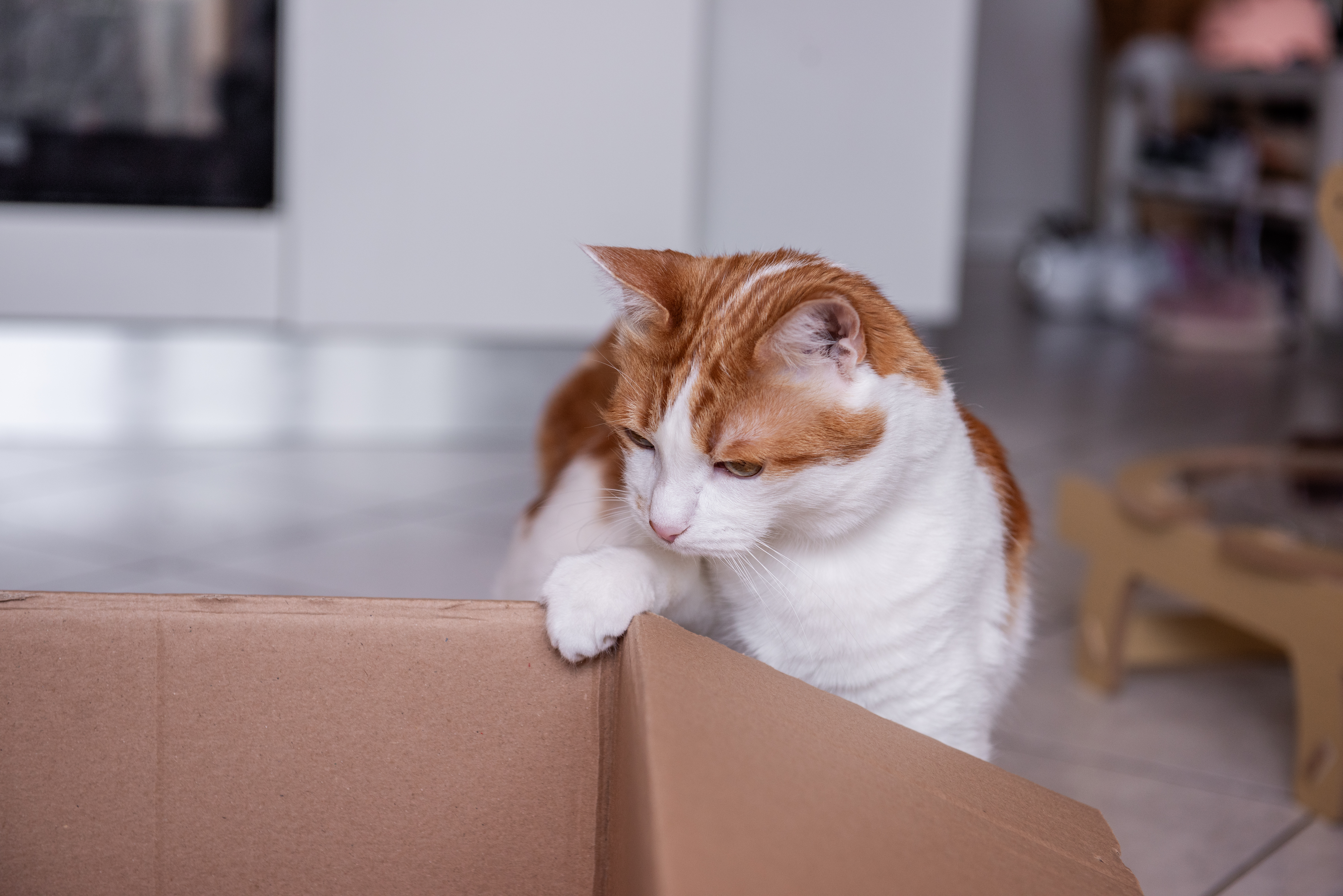Research reveals that cats prefer predictability over surprises, unlike other species
Despite a reputation for curiosity, a new study suggests they aren’t always so inquisitive

Two things we know about cats are that they’re pretty intelligent and that they’re creatures of habit and routine.
Despite their love for routine, cats can often be curious, too. It’s partly because they’re so smart, but also because curiosity would help them hide from predators and catch prey in the wild, or the best cat treats when hidden at home. But, maybe cats aren’t quite as curious as we thought.
That’s if a new study from the University of Sussex is anything to go by. The research, published in the journal PLOS One earlier this month, found that cats don’t track objects once they’re out of sight, unlike dogs, apes, and human infants.
Researchers wanted to find out whether cats would demonstrate level 6 object permanence. In other words, the understanding that objects still exist even if they’re moved out of sight in a way that isn’t directly observed. They expected that cats would, given their curiosity and hunting behaviors, but that wasn’t the case (nevertheless, you can find out if cats are smarter than dogs here!).
In the experiment, a toy was hidden and then revealed in either the original location or an unexpected one. Researchers used two boxes, obscuring and moving them before either swapping them (a violation event) or returning them to their original places (expected event).
Surprisingly, the cats showed more interest when the toy was revealed in the original location. Cats were more likely to play with the toy when it reappeared in the original location. And, they looked at the toy for longer when expected events occurred before violation events.

"Cats were able to discriminate between expected and unexpected events, but in the opposite direction of what our existing knowledge in infants and dogs would otherwise suggest,” explained Jemma Forman, Doctoral Researcher at the University of Sussex. “These findings support the movement towards cat-friendly methods of research to better understand what our feline friends are thinking.”
Get the best advice, tips and top tech for your beloved Pets
Study co-author Jordan S Rowe added: “Cats can exhibit avoidant or hesitant behaviour around unfamiliar humans, which can affect their engagement in cognitive tasks. Here, we found that cats were more likely to play with the toy, but less likely to interact with the boxes, when events were presented by a stranger rather than their owner. These findings suggest that cats still show a general interest in cognitive tasks, but display complex behaviours in the presence of an unfamiliar person."
Interestingly, certain cats – female, indoor-only, and mixed-breed cats, as well as those from multi-cat households – were more likely to show interest in the toy.
The researchers told PetsRadar that no “solid conclusions” can be drawn as to why yet, but that indoor-only cats may have been more interested if they’re more used to toys being an enrichment activity, as opposed to cats with outdoor access who have additional enrichment from the outside.
“Because we had unexpectedly found that cats were more interested in consistent events [rather than violation events], Researchers surprised to find cats engage more with predictable than surprise events, and seek further investigation for the reasons why this was the case for our sample of cats,” they added. “The large amount of research into object permanence would suggest that cats should have been more interested in violation events [instead of consistent events]. From the results of our study, we would suggest that this points to a motivational explanation instead of a cognitive explanation.”
Read next: 13 fun cat brain facts that will blow your mind

Adam is a freelance journalist specialising in pets, music and culture, and mental health and wellbeing. He investigates and writes the large majority of news on PetsRadar, and collaborates with veterinary experts to produce informative pet care content.
Adam has a journalism degree from Southampton Solent University and a masters degree in Magazine Journalism from Cardiff University. He was previously senior editor at dog advice website DogTime.com, and has also written for The Independent, GoodToKnow and Healthline.
He owns two rescue cats, Bunny and Dougie, and has also previously had a rabbit, fish and Roborovski dwarf hamsters.
